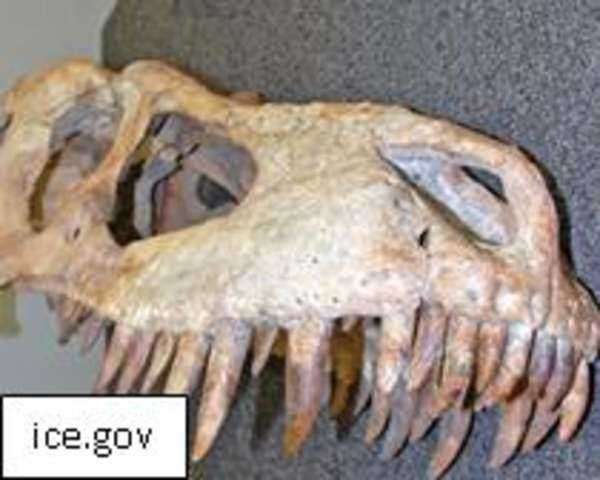New Mission to Study the Sun: IRIS Satellite Launched by NASA

New Mission to Study the Sun: IRIS Satellite Launched by NASA
On June 27, 2013, NASA launched the Interface Region Imaging Spectrograph (IRIS) satellite on a mission to study the Sun. The IRIS satellite was designed to observe the Sun’s interface region between the lower atmosphere and the corona, where the energy flow and mechanisms driving the Sun’s activity are poorly understood. In this article, we explore the objectives of the IRIS mission and the potential implications of its findings.
What is the IRIS Mission?
The IRIS mission is a collaboration between NASA and the Lockheed Martin Corporation. The spacecraft is equipped with an ultraviolet telescope designed to observe specific wavelengths of light emitted by the Sun in the interface region, which corresponds to temperatures between 6,000 and 50,000 Kelvin. The IRIS satellite will collect high-resolution images of the Sun’s chromosphere and transition region while measuring the flow of energy and particles between different layers of the Sun’s atmosphere.
Objectives of the IRIS Mission
The primary objective of the IRIS mission is to study the interface region of the Sun to better understand the processes that drive the Sun’s activity and influence the Earth’s environment. By studying the complex energy flow and mechanisms in the Sun’s atmosphere, the IRIS mission aims to provide new insights and data that could improve space weather forecasting, solar physics research, and our understanding of other stars in the universe.
Potential Implications of the IRIS Mission
The IRIS mission has significant implications for several areas of science and engineering. For space weather forecasting, the IRIS satellite’s ability to observe the Sun’s transition region and chromosphere could help predict the intensity and timing of solar flares, coronal mass ejections, and other solar phenomena that can impact Earth’s environment. Furthermore, the IRIS mission’s data could help improve the design and performance of satellites and spacecraft, shielding them from harmful solar radiation and reducing the risk of space debris collisions.
Conclusion
The IRIS mission represents a significant advance in solar physics research and our understanding of the Sun’s complex behavior. With its advanced imaging technology and scientific instrumentation, the IRIS satellite is poised to measure and observe phenomena in the interface region of the Sun, where the energy flow and mechanisms driving the Sun’s activity are not yet fully understood. It is hoped that the findings of the IRIS mission will deepen our understanding of the Sun’s impact on Earth and the broader universe and advance our capabilities in space exploration and technology.
Vandenberg Air Force Base, CA—Your parents may have told you not to stare at the sun, but soon, NASA will be doing just that from a satellite called Iris, or the Interface Region Imaging Spectrograph.
The satellite, launched on the evening of June 27, is designed to study only one specific region of the sun, the chromosphere. The chromosphere is the solar region located between the sun’s surface and its corona. According to NASA scientists, the region that Iris will study is thought to be responsible for solar wind.
Solar wind, rather than being a stream of air like wind on Earth, is like a wind made of ionized gases. Occasionally, solar winds become explosive, erupting into phenomena called Coronal Mass Ejections, or CMEs. These CMEs are so powerful that they have significant effects on Earth.
When a large CME occurs, the particles released by the eruption can cause intense auroral displays on Earth days later. However, they have a sinister side as well: the delicate arrays of communications technologies that make the globally connected world possible are prone to outages due to these flare-ups.
The Iris satellite is designed to help scientists understand the region that solar wind and CMEs emerge from, in order to potentially develop an earlier warning system for CME events. Using an ultraviolet telescope, scientists will be able to take a detailed look at the temperature gradients of the sun and understand it with more precision than ever before. Current telescopes pointed toward the sun are tasked with looking at the entire surface, rather than just the chromosphere.
Scientists working with Iris also hope to shed light on one of our solar system’s most enduring mysteries: why the sun is hotter far above its surface than on the surface itself. Today, several competing theories exist to explain this phenomenon, and NASA scientists hope that Iris will be able to gather enough data to determine which theory—if any—is the correct one.
Iris was launched into space by a Pegasus rocket, and will start gathering solar data for 24 months after 2 months of instrument checks and testing. By the time its mission is completed, scientists should have a significantly better idea of why the sun acts the way that it does, and how to tell when solar weather is about to have a major impact here on Earth. The project is expected to cost $180 million.
Source: NASA.gov



















